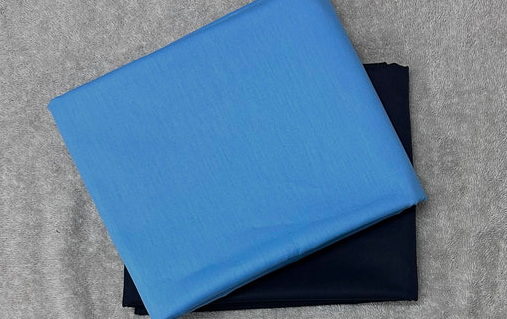Preserving Quality Cultural Textile Traditions Through Best Sustainable Practices.

Cultural textile traditions have played a pivotal role in shaping the identity of societies throughout history. These traditions, passed down through generations, embody the artistic, historical, and social narratives of a community. However, in the face of rapid industrialization and globalization, many traditional textile practices are at risk of being lost. This article explores the importance of preserving these cultural treasures and advocates for sustainable practices as a means to ensure their longevity.
Understanding the Threats
1. Globalization and Homogenization
As the world becomes more interconnected, there is a growing risk of cultural homogenization. Traditional textile practices are often overshadowed by mass-produced, standardized alternatives, eroding the uniqueness of cultural expressions.
2. Environmental Impact of Conventional Practices
Many conventional textile manufacturing processes have detrimental effects on the environment. The use of harmful chemicals, excessive water consumption, and the disposal of non-biodegradable waste contribute to environmental degradation.
3. Economic Challenges for Artisans
Artisans who practice traditional textile techniques often face economic challenges. Mass-produced alternatives can flood the market, making it difficult for traditional artisans to compete and sustain their livelihoods.
The Importance of Preservation
1. Cultural Identity and Heritage
Cultural textiles are repositories of a community’s identity and heritage. They encapsulate stories, symbols, and techniques passed down through generations, providing a tangible link to the past and a source of pride for future generations.
2. Diversity in Design and Craftsmanship
Preserving traditional textile practices ensures a rich tapestry of diverse designs and craftsmanship. Each community’s unique methods contribute to a global mosaic of artistic expression, fostering appreciation for the richness of human creativity.
Sustainable Practices as a Solution
1. Eco-Friendly Materials
Embracing eco-friendly materials, such as organic cotton, hemp, or recycled fibers, can significantly reduce the environmental impact of textile production. These materials not only benefit the planet but also contribute to the overall quality of the end product.
2. Traditional Techniques with a Modern Twist
Integrating traditional techniques with modern, sustainable practices can create a harmonious balance. This fusion allows artisans to preserve cultural authenticity while adapting to contemporary demands and ecological considerations.
3. Fair Trade and Ethical Production
Supporting fair trade and ethical production practices ensures that artisans receive fair compensation for their work. This, in turn, strengthens local economies, empowering communities to sustain their cultural practices.
4. Education and Skill Transfer
Initiatives focused on educating the younger generation and facilitating skill transfer from experienced artisans can help perpetuate traditional textile techniques. Workshops, apprenticeships, and community programs play a vital role in passing on these invaluable skills.
Case Studies in Sustainable Textile Preservation
1. The Pioneering Efforts of [Community Name]
Highlighting a community or region that has successfully implemented sustainable practices in textile preservation. Discuss the impact on the community’s economic well-being, cultural pride, and environmental footprint.
2. Innovative Collaborations with Fashion Brands
Showcase examples of successful collaborations between traditional artisans and contemporary fashion brands committed to sustainability. These collaborations not only revive traditional techniques but also provide a platform for global exposure and appreciation.
Conclusion
Preserving quality cultural textile traditions through best sustainable practices is not just a cultural imperative but also an environmental and economic necessity. By embracing sustainable approaches, we can ensure the continued existence of these rich cultural expressions, fostering a global environment where tradition and innovation coexist harmoniously. In doing so, we contribute to a more diverse, sustainable, and culturally enriched world for generations to come.




